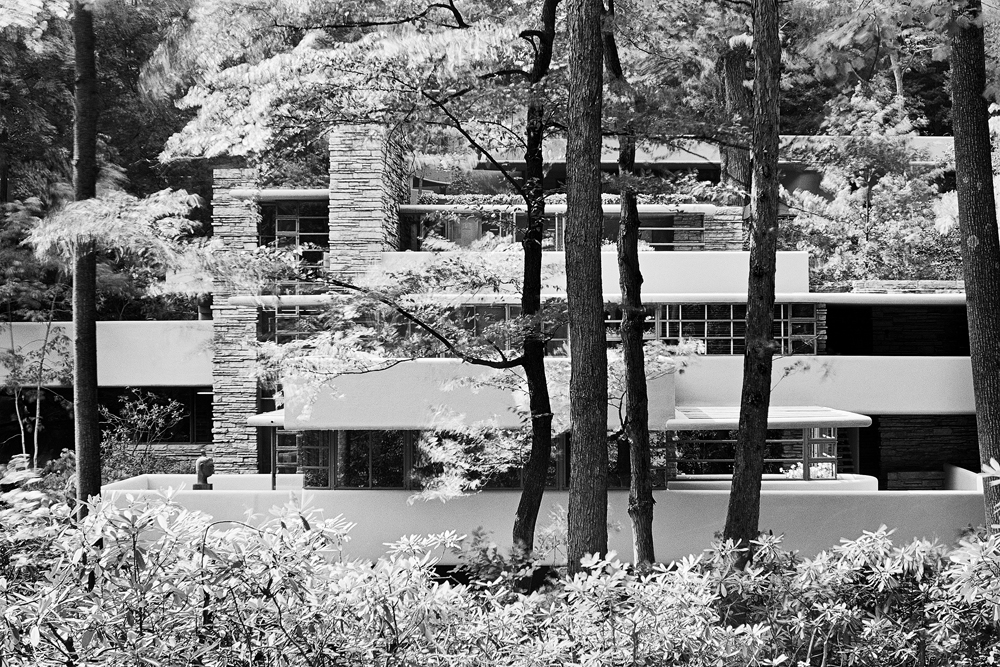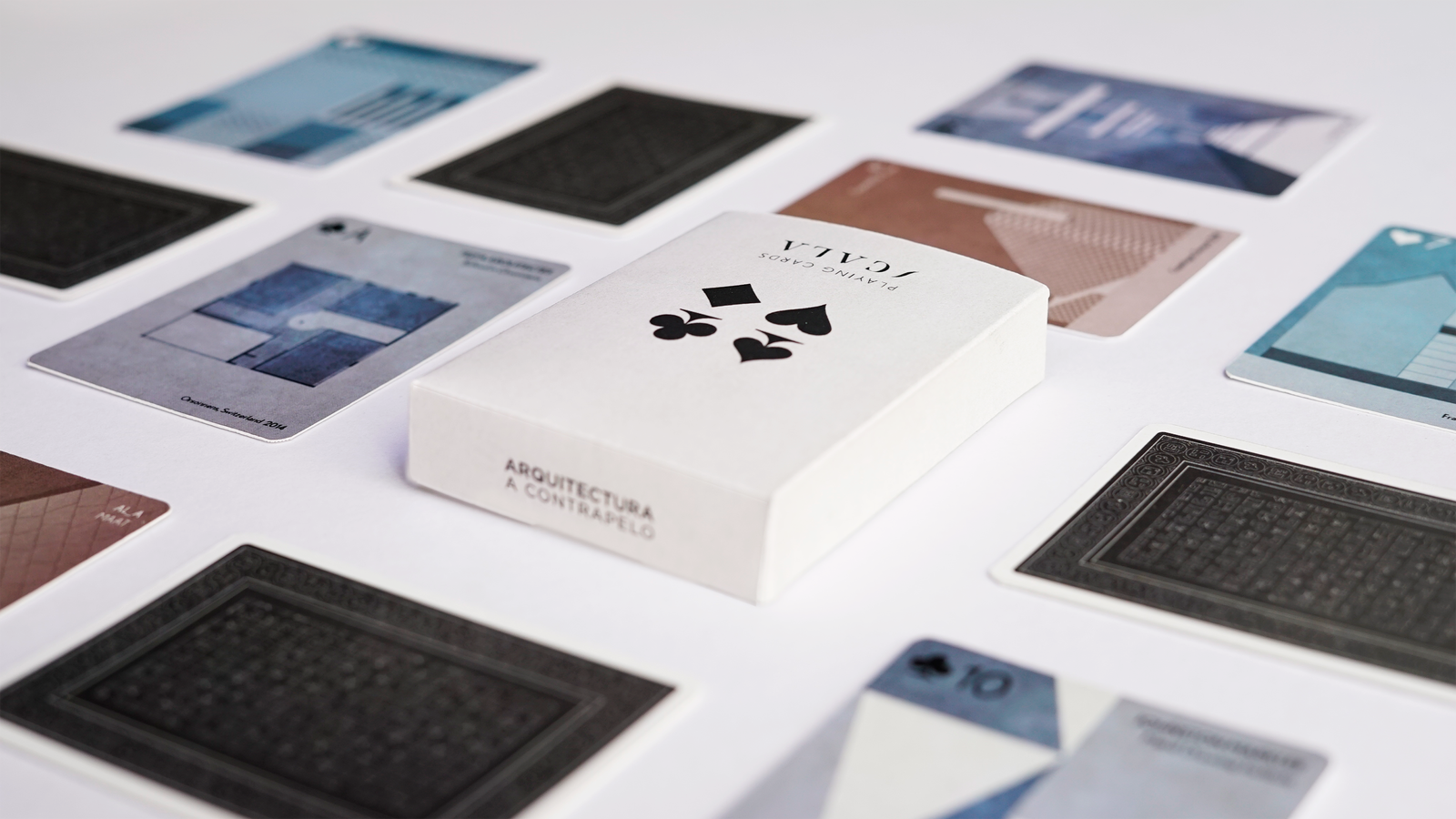Photographer Balthazar Korab led a charmed life, if an initially difficult one.
“His life story is as fascinating as his work,” says John Comazzi, who’s written and published a book with Princeton Architectural Press on Korab’s work.
He was born in Budapest in 1926. His family fled Hungary in 1944 while the nation was still under Nazi control and the Russian army advanced westward. His father was later jailed by the post World War II government, but not before he could give his son a Leica camera and urge him to leave the country.
The young architecture student would enroll at the École des Beaux-Arts in Paris. There he’d meet an American woman whom he’d marry, and with whom he’d move to Michigan. His initial plans were to seek out Oscar Niemeyer in Brazil, but instead he found work in Eero Saarinen’s offices, becoming an American citizen in 1964.
With Saarinen, his photography – in which he was never formally trained – became an integral and active part of the design process. “He photographed large scale models to give the client an idea of what the interior of a space would be like,” Comazzi says. “With the TWA terminal, the work became more refined over time – his photography was critical internally for the development of the architecture and for communicating with the client.”
He’d stay with Saarinen for just a few years before embarking on a career in photography that embraced most of the iconic post-war modernist structures being built across the nation. He brought an architect’s eye and a sense of the natural environment to his lens and his subject matter. He specialized in an open relationship to surrounding conditions, the time of day or the season.
“He has a certain kind of patience – he waits for the atmospheric quality to come into the frame, where others might wait for it to leave,” he says. “It’s not just about the building, but about what surrounds it and moves through it – the architecture includes it.”
Instead of simply documenting a design or a building, Korab’s work seeks to create a dialog between a structure, its landscape and its environment. It’s as if he initially floats through the subject, waiting until something catches his eye. It might be rain, clouds or early morning fog, but he allows it to play a role.
“It’s a translation rather than a communication,” he says. “What he brings to the subject allows us to see architecture in a different way – he’s a photographer who brings his experiences and his sensibilities to the subject.”
The result is photography that’s neither static nor fixed, but is full of life instead.
For more on “Balthazar Korab: Architect of Photography,” go here.
[slideshow id=1936]



